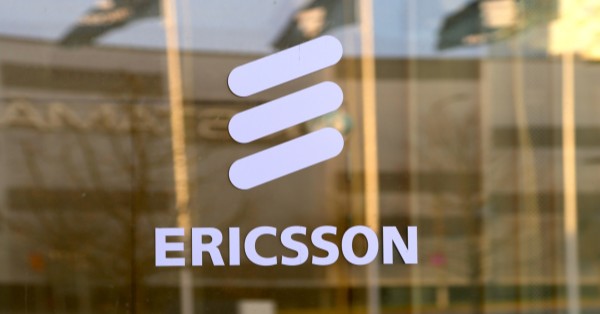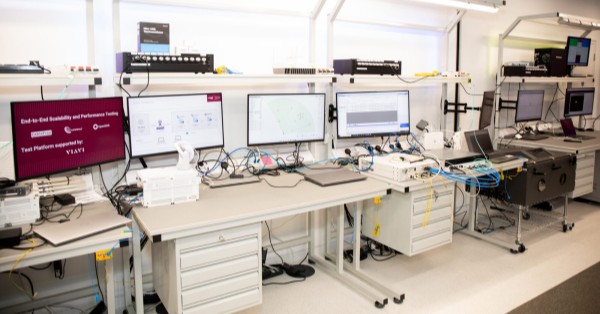The Indian government has made a significant decision to support the country’s telecom sector by approving the refarming of 687 MHz of spectrum. This move will aid in enhancing 5G network performance and laying the groundwork for 6G services, addressing the growing demand for mobile broadband in a rapidly digitalizing economy.
Spectrum Refarming: Key Details and Objectives
The refarming initiative reallocates underutilized spectrum currently held by government departments, including the Ministry of Defence, the Indian Space Research Organization (ISRO), and the Ministry of Information and Broadcasting. Out of the 687 MHz identified, 328 MHz will be released immediately to accelerate deployment efforts.
This newly refarmed spectrum brings the total telecom spectrum available for carriers to 1,587 MHz, marking a significant increase from the current 900 MHz. However, with the telecom industry’s projected spectrum demand estimated at 2,000 MHz by 2030, there is still a 413 MHz gap that the government has pledged to address over the coming years.
The refarmed spectrum will be auctioned to telecom service providers, enabling them to support the rollout of advanced technologies, including edge computing, IoT, and AI-driven network automation.
Supporting 5G Rollout and Future 6G Development
India’s telecom operators, including Jio, Airtel, and Vodafone Idea, have consistently urged the government to allocate more spectrum to enhance 5G services and prepare for 6G. The number of 5G subscribers has surged since the rollout began in 2022, and consumption levels are already impacting network performance.
Telecom Minister Jyotiraditya Scindia emphasized that the refarming initiative is aligned with the industry’s spectrum needs, ensuring seamless 5G connectivity while setting the stage for 6G adoption in the coming decade. The inclusion of mid-band frequencies (1-6 GHz) and portions of the 6 GHz band in future auctions highlights the focus on optimizing spectrum resources for next-generation networks.
Financial Implications and Industry Response
The estimated value of the refarmed spectrum is around INR 2 trillion (approximately USD 23.16 billion). Industry bodies, including the Cellular Operators Association of India (COAI), have lauded the government’s proactive approach to addressing the sector’s spectrum requirements.
Lieutenant General Dr. SP Kochhar, Director General of COAI, stated: “It is extremely heartening to know that concrete steps have been taken to recognize our demand of 2,000 MHz for the IMT band and allocate part of it to IMT immediately.”
The Broadband India Forum (BIF), however, has expressed interest in utilizing portions of the 6 GHz band for WiFi services, creating a potential area of contention as policymakers balance the interests of telecom operators and technology firms.
A Multi-Phase Approach to Spectrum Refarming
The Committee of Secretaries has already initiated work to identify additional spectrum for refarming, with a comprehensive report expected later this year. The focus is on reallocating spectrum across 10 frequency bands currently used by legacy systems in ministries like broadcasting, railways, housing, and defense.
According to the Department of Telecommunications (DoT), these legacy systems will be relocated to alternative frequencies, enabling modern mobile services to operate on the vacated bands. This phased approach ensures the telecom sector can keep pace with evolving demands while minimizing disruption to existing government operations.
India’s Spectrum Auctions: Progress and Challenges
India’s first 5G spectrum auction in 2022 generated INR 1.5 trillion (USD 17.35 billion) from the sale of over 72,097.85 MHz of spectrum. Jio emerged as a major buyer, acquiring spectrum across bands such as 700 MHz, 800 MHz, and 3,300 MHz, while Airtel and Vodafone Idea also secured significant holdings.
Despite this progress, India’s spectrum auction model faces challenges. Industry stakeholders have urged for affordable spectrum pricing to support widespread 5G adoption and ensure a smooth transition to 6G.
Sanchar Saathi App: Combating Cyber Fraud
As part of its broader telecom strategy, the government also launched the Sanchar Saathi app to combat cyber fraud. The platform, part of an existing portal, has disconnected 3.5 crore fraudulent mobile numbers, frozen 11 lakh mule accounts, and traced 15 lakh stolen devices. This initiative aligns with the government’s commitment to strengthening cybersecurity in the digital ecosystem.
Conclusion
The Indian government’s decision to refarm 687 MHz of spectrum is a major milestone in the country’s telecom journey. By addressing the immediate and long-term spectrum needs of the industry, this move is expected to bolster 5G performance while laying the groundwork for 6G innovations.
With further spectrum refarming planned and a focus on optimizing frequency bands, India is poised to emerge as a leader in advanced telecom services. However, balancing industry needs with affordability and spectrum allocation priorities will be key to sustaining this growth.






























